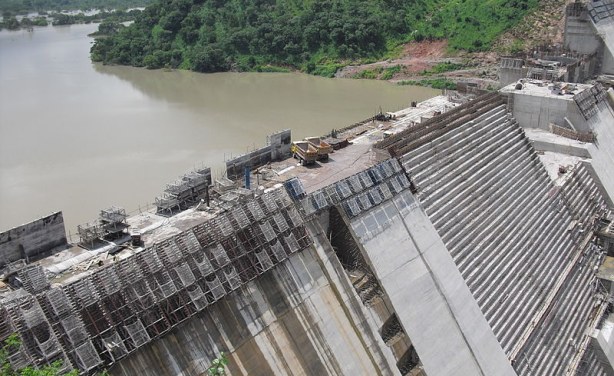-
Ghana: Ghana's Bui Dam Raises Concerns - Again - About Hydro Power Projects
The Conversation Africa, 21 March 2021
In the early years of African independence, hydroelectricity offered the promise of modernity and development. For then President Kwame Nkrumah of Ghana, the Akosombo Dam in Ghana… Read more »
-
Ghana: Consumers to Enjoy Affordable Electricity - President
Ghanaian Times, 11 March 2021
Consumers will have more affordable electricity in the second tenure of the government following improvements in the energy sector, President Nana Addo Dankwa Akufo-Addo has… Read more »
-
Ghana: AfCFTA - AGI Wants Electricity Tariffs Reviewed Downwards
Ghanaian Times, 9 December 2020
The Association of Ghana Industries (AGI) says in order for its members to adequately compete upon the implementation of the Africa Continental Free Trade Area (AfCFTA),… Read more »
-
Ghana: No New Taxes On Power Consumption - GRA
Ghanaian Times, 18 May 2020
The Ghana Revenue Authority (GRA) says no new taxes have been or are being levied on power consumption in the country as being circulated on social and mainstream media. Read more »
-
Ghana: Ghana Gets €250 Million to Upgrade Electricity Transmission Infrastructure
Ghana Presidency, 15 January 2020
The Government of Ghana, on Tuesday, 14th January, 2020, received, as part of Germany's Compact with Africa programme, €250 million from the Government of the Federal Republic… Read more »
-
Ghana: Bui Dam Spillage Renders 50 Residents Homeless
Ghanaian Times, 24 October 2019
ABOUT 50 residents of Bongase Nsuano in the Banda District of Bono Region have been rendered homeless as a result of spillage of the Bui Dam by the Bui Power Authority (BPA), the… Read more »
More Concerns Over Hydropower Dams in Ghana
In the 1990s Ghana had turned to thermal power plants to meet its needs. They were relatively cheap to build, but the price of their fuel, mostly oil, was even more unpredictable than river flows, and inevitably increased costs. In general hydro electricity became an attractive option once again. African countries had tapped into less than 5% of the continent's massive hydroelectric potential. Only a few countries had fossil fuel resources but many more had numerous river basins suitable for hydroelectric facilities. In 2006, the Chinese government agreed to provide loans for the construction of the 400 MW Bui Dam on the Black Volta River. The construction company was the Sinohydro Corporation, one of the largest hydro power construction firms in China. Despite the generous compensation for those displaced by the Bui Dam construction, providing new livelihoods for people who were subsistence farmers and fished with dugout canoes in the Black Volta River and had minimal education has been a major challenge. It has been outsiders with appropriate skills and resources, such as more seaworthy boats and outboard motors, who have been able to benefit most from the new economic opportunities that the dam has provided, writes Roger Gocking for The Conversation.


